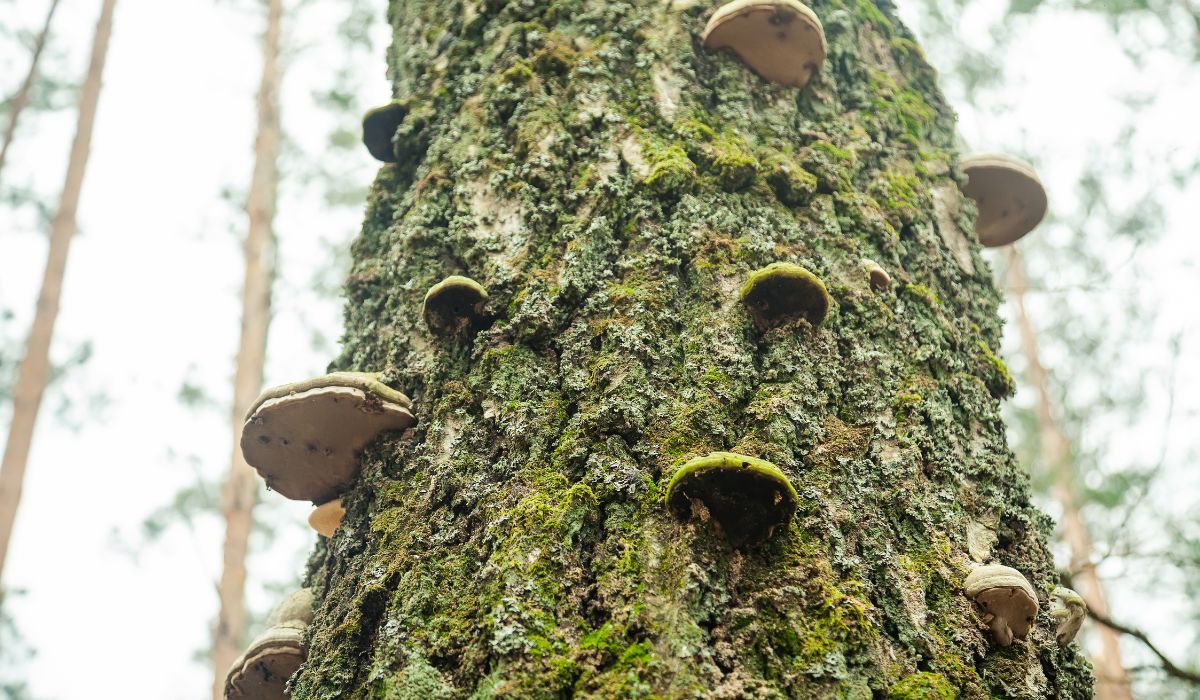How Do Tree Surgeons Safely Treat Tree Fungus Issues?
Tree fungus is a widespread problem across the UK, and many homeowners are unaware of just how damaging it can be to trees and surrounding landscapes. While fungi are a natural part of the ecosystem and play an important role in breaking down organic matter, certain species can be highly destructive when they infect living trees. Left unmanaged, fungal infections can cause decay, weaken the tree’s structure, spread to nearby plants, and even pose safety hazards to people and property.
Because tree fungus can be complex and difficult to manage, it is essential to seek professional help. Plymouth Tree Surgeon offers expert diagnosis and safe treatment options designed to protect both trees and their surrounding environment.
Understanding Tree Fungus in the UK
Fungal infections are caused by spores that spread through the air, soil, or water. Once they find a host tree under the right conditions, such as poor drainage, wounds in the bark, or prolonged dampness, they can quickly establish themselves.
Some common fungal infections seen in UK gardens and landscapes include:
- Honey Fungus (Armillaria) – Known for its ability to spread underground via root-like rhizomorphs, honey fungus causes root rot and is often fatal. Infected trees may show signs such as bleeding bark, clusters of honey-coloured mushrooms at the base, and white sheets of fungal growth beneath the bark.
- Bracket Fungus – These appear as shelf-like growths on trunks or branches. While some are harmless, others indicate serious internal decay that weakens the tree’s structure.
- Powdery Mildew – A more superficial fungus that appears as a white, powdery coating on leaves. While not usually fatal, it weakens a tree’s health and reduces its ability to photosynthesise.
- Ash Dieback (Hymenoscyphus fraxineus) – A major fungal disease affecting ash trees across the UK, causing dieback of branches and significant decline.
Understanding the type of fungus present is the first and most important step in safe treatment.
Why Tree Fungus Should Not Be Ignored
Some homeowners assume that visible fungus is just a natural part of a tree’s life cycle. However, this assumption can be risky. Many fungi directly attack the wood or root systems, leading to:
- Structural weakness – Making the tree more likely to drop branches or fall.
- Reduced lifespan – As infections weaken the tree’s ability to heal and grow.
- Risk to other trees – Some fungi spread rapidly from one tree to another.
- Safety hazards – Falling branches or collapsed trees can cause injury or damage to property.
By contacting a professional such as Plymouth Tree Surgeon, homeowners ensure these risks are identified early and managed effectively.
How Tree Surgeons Safely Treat Tree Fungus
1. Detailed Diagnosis and Risk Assessment
Tree surgeons begin with a thorough inspection of the tree, surrounding soil, and nearby plants. The goal is to identify the exact fungus, measure the extent of infection, and assess whether the tree poses any immediate danger.
Specialist tools and knowledge are used to avoid misdiagnosis, as the wrong treatment could worsen the problem.
2. Pruning and Safe Removal of Infected Areas
If the infection is localised, diseased branches, bark sections, or foliage may be carefully removed. Professional tree surgeons use sterilised cutting tools to ensure spores are not spread between trees. Infected wood is also disposed of in accordance with UK environmental guidelines, often through burning or specialist green waste facilities.
3. Soil and Root Management
Many fungal issues start in the root zone. Tree surgeons may check for poor drainage, compacted soil, or root damage, as these conditions make trees more vulnerable. Corrective actions can include:
- Soil aeration to improve oxygen flow.
- Applying mulch to regulate soil moisture.
- Enhancing drainage to prevent waterlogging.
4. Fungicide Treatments
In certain cases, fungicides are used as part of the treatment plan. Tree surgeons are trained to apply these safely and in compliance with UK legislation. The goal is to target harmful fungi without damaging the wider environment or beneficial soil organisms.
5. Long-Term Health Management
Treatment doesn’t end after pruning or spraying. Ongoing care is often recommended to strengthen the tree’s natural defences. This may involve:
- Regular inspections to spot early signs of reinfection.
- Professional pruning to improve airflow and reduce dampness.
- Fertilisation to boost the tree’s health and resilience.
- Guidance for homeowners on proper watering and care routines.
Preventing Fungal Infections in Trees
Tree surgeons also play a key role in prevention. Some simple but effective steps that Plymouth Tree Surgeon might recommend include:
- Regular inspections – Catching infections early increases the chance of saving the tree.
- Good pruning practices – Removing deadwood and thinning crowns to allow more light and airflow.
- Improving garden hygiene – Promptly clearing fallen leaves and debris that can harbour fungal spores.
- Maintaining healthy soil – Avoiding overwatering and ensuring roots have good access to oxygen.
Prevention is often more effective and less costly than dealing with advanced fungal infections.
When Removal Becomes Necessary
Unfortunately, not every tree can be saved. If fungus has severely compromised the tree’s structure, it may need to be removed for safety reasons. Tree surgeons carry out removals with specialist equipment and techniques to minimise risk to surrounding buildings, gardens, and wildlife.
In cases such as ash dieback, mass removal may even be required to prevent further spread.
Final Thoughts
Tree fungus is a challenge faced by many UK homeowners, but it does not have to result in losing your trees. With the support of experienced professionals like Plymouth Tree Surgeon, fungal infections can be identified, treated, and managed safely.
By combining expert diagnosis, careful pruning, soil care, and preventive measures, tree surgeons help protect the health and beauty of gardens and landscapes. Most importantly, they ensure trees remain safe, strong, and resilient for years to come.


Comments are closed